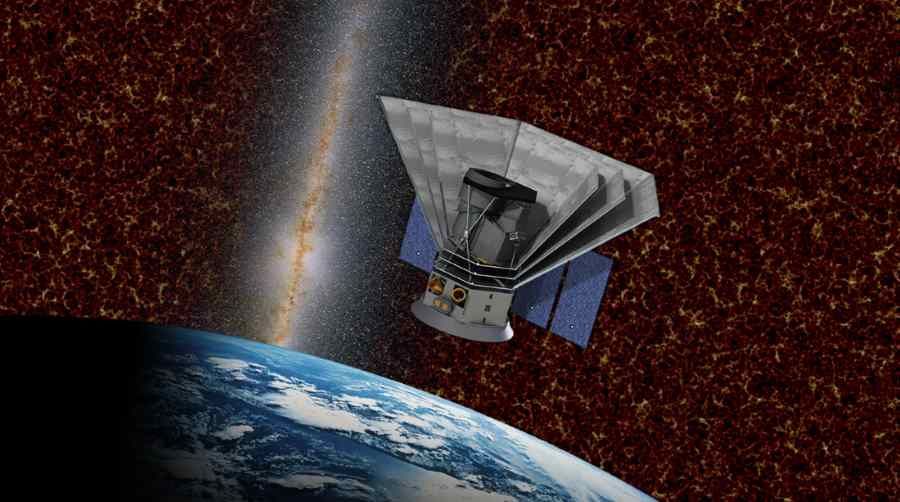SPHEREx – NASA’s new space mission
NASA has chosen to launch a new space mission called SPHEREx. The mission will help astronomers understand how our Universe evolved and the common components necessary for the origin of life in planetary systems in our galaxy.
The Spectro-Photometer for the History of the Universe, Epoche of Reionization and Ices Explorer – SPHEREx mission is scheduled to begin in 2023 and will last just over two years. The budget is $242 millionow – without costoin launching into space.
The SPHEREx observatory will study the sky zaroboth in the visible and near-infrared range. Astronomers will use the mission to collect data on more than 300 millionoin galaxies, as well as more than 100 millionoin the stars in our Milky Way.
– I’m really excited about the new mission,” said Jim Bridenstine, administrator of NASA’s. – Not only expands the fleet of space missions Stanoin the United dedicated to unraveling the mysteries of the Universe, but is also an important part of the zroof a balanced science program, whichory includes missions o ro¿s of different sizes – added.
– This amazing mission will be a treasure trove of unique data for astronomersow – Thomas Zurbuchen of NASA admitted. – Will allow the creation of maps of galaxies containing traces of the first moments of the Universe‘s existence. It will provide us with roalso indicateoclues regarding one of the greatest mysteries in science: what caused the Universe to expand so fast in kr timeotier one nanosecond after the Big Bang? – added.
As part of the SPHEREx mission, astronomers will observe hundreds of millions ofoin galaxy outlinesoboth those near us and those very far away. Someore of them are so distant that their light subrochews 10 billionoin years to reach Earth. When it comes to our galaxy – Milky Way, scientists will look for water molecules and compoundsoin organic matter, whichore are essential for the origin of life as we know it. The search will focus on the so-called “near-infrared”. stellar nurseries – regions thatorych stars are born from gas and dust, as well as on disks wokoł stars, in whichor which new planets can form .
What poł year SPHEREx will survey the entire sky. In doing so, it will take advantage of technologies used in satellites orbiting Earth or Mars. The review will produce maps made as far back as 96oof radiation bands (colors), which far exceeds the color resolution of previous sky maps. The observatory will roalso identify targets for more detailedoThe project will also contribute to future missions, such as the James Webb Space Telescope (JWST) and the Wide-Field Infrared Survey Telescope (WFIRST).
The scientific director of the mission was James Bock of the California Institute of Technology (Caltech) in Pasadena, California. Caltech will supportoThe spin-off worked with NASA’s Jet Propulsion Laboratory, whichore will manage the entire mission. The spacecraft for SPHEREx will be prepared by Ball Aerospace in Broomfield, Colorado. Institutions from South Korea will also participate in the mission.
